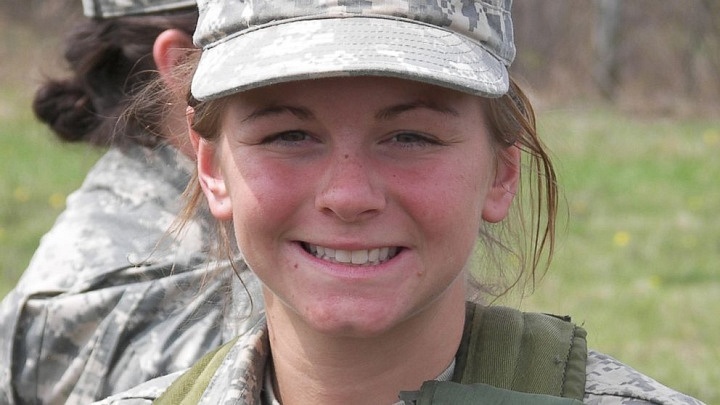Should Women Fight Alongside U.S. Special Forces?

Your book details the death of the first woman to die in an all-women unit called the Cultural Support Team (CST) in Afghanistan, Lieutenant Ashley White Stumpf. Her death went mostly unnoticed in the larger media. Why have women in combat not received much attention, at least not since the days of Jessica Lynch?
I wrote this story because it was the war story we didn’t know. Here was this team of women recruited by special operations in 2011 while the combat ban was in place. Who were they? And why were they recruited? What made them want to be part of this pilot program? It was the friendship and family [I witnessed] that was the motivation to write this book. When you spend time with these women they step on each other’s stories, they know each other’s tales, they tell and finish one another’s jokes. When it comes to a war story, they had the rare distinction of being women recruited, trained and deployed as a team. And I wanted to capture this slice of history.
Did they all get along?
Like any family you love one another even when you don’t like one another. It happened that they did like one another. But regardless , they became family.
Who are the women you profile in your book, in terms of their backgrounds? I imagine they’re all patriotic, probably in their 20s, athletically built and so forth. But is this is a misconception?
They were all sizes and all backgrounds; a lot of them were track and field stars. They were real cross-fit enthusiasts. The stereotype is that they can only be one thing or the other – they were very serious, very fit, but also very feminine. They had to be able to show in the heat of nighttime operations that they were women.
Tell us about Ashley White.
Ashley was Kent State ROTC, and then a [member of] North Carolina’s National Guard. Her husband, her ROTC sweetheart from Kent State and her biggest champion, was based at Fort Bragg. She was a physical trainer, 24 [years old].
Ashley loved baking and cooking dinner for her husband, but also putting 45 or 50 pounds of weight and road marching for miles and miles. And then she could do 25 or 30 pull-ups from a dead hang. The Rangers would say, “Wow she’s a beast at the gym.” [They also said] she had this smile like a Disney Land greeter]. But she was also someone who could keep up on a night raid and who would spend hours in the gym pushing herself physically and mentally each day. I hope this book shows the three dimensions that she lives in. [These women were] not superheroes but just pushed themselves to the outer limits for the sake of their country.
How did she die?
She died on October 22 2011 alongside two Rangers, SFC Kris Domeij and PFC Christopher Horns, on a nighttime raid;
US Special Forces are known for their exclusionary and uber-male culture. Yet you write that the feminine side of this team was crucial to the CST’s success. Were all the women accepted initially?
I don’t think the stereotype fits here. [This] was a time during the war when everyone was looking for solutions. Nobody could tell you the war [in Afghanistan] was going well.
Of course there was some initial skepticism. There was a different training schedule, a different recruiting cycle. I understand the skepticism of men who’ve had nine or 10 deployments since 9/11 and who all of a sudden are asked to take new folks out with them on these life-and-death missions each night. But women were needed and it was Joint Special Operations Command and the Rangers that had sought these women to join them out there on the battlefield each night. Women could talk to the [local Afghan] women. They could gain understanding, knowledge, information. They could find out if there was a barricaded shooter laying in wait, as one of the soldiers did one night. One member of the team realized there were IEDs all over the neighborhood. Each night they showed the value of being able to talk with half the population that before hand had been largely out of reach.
There’s far more willingness and acceptance that women are contributors to the US military than even 10 years ago.
They were not Rangers but they were right alongside them on these operations, going in and tal
